Dan Mihălțianu’s show at NR Projects Berlin is his latest display of the long-term installation of a black indoor pool, more recently filled with spirit distilled by a traditional machine of personal fabrication. The minimal and effective installation, initially shown in his own studio in Bucharest in 1984 under the title “Canal Grande”, has known numerous renditions in various contexts, and the artist has attached an array of meanings and functions to it. The current connection with the Berlin Food Week is perhaps not the most telling for its various layers, accumulated not only semantically, but also in time – one can think of these in terms of images that the black surface of the pool has reflected over the past 30 years.
Back in the 80s, a handful of Romanian artists were turning to new media, especially video, to understand their past and reconnect with the global present. Video, needless to say, is a medium defined by its fluidity, in technical as well as aesthetic terms – liquidity is its buzzword, as coined in Bauman’s theoretical musings on the post-modern condition. As part of subREAL, one of Romania’s most interesting experimental groups at the time, Mihălțianu dabbled with video and installation, making work that focused on issues of personal and collective identity. His solo installations, already in the 80s, were of a rather sensory and visually more crafted nature, whilst keeping with the quest for meaningful expressions of the identity theme. “Canal Grande” is one of these artistic propositions, already coherent in terms of content and setting.
The black and white photo, documenting – or rather, representing – the work, shows what looks like the surface of an infinitely deep liquid container, reflecting the image-less walls of a corridor, situated in the artist’s own studio. It is easy to immediately summon art historical references for the piece – after all, art was called the mirror of nature for almost all of pre-modern times. Renaissance artists and theoreticians especially proposed extraordinary speculations about the quality of this relationship, taking into consideration all of its variables, from the type of surfaces in question to the definition of reality upon which such a relationship can be based. In the case of Mihălțianu’s still black surface, here reflecting a bare setting, one can immediately question whether it is meant to signify an identity loop or whether, on the contrary, it allows a swift exit from all personal questionings into an endless series of contexts. The artist statement refers the work back to an apparatus of fear and control at the time, the Black Sea canal where the so-called enemies of the state were sent to do forced labour. I am guessing that the reference was rather striking back then, whilst in time it distilled into more abstract coordinates.
It is telling that the defining gesture for this installation has become repetition – the piece is endlessly itself, whilst being every time different depending on its surroundings. It can thus become a political statement, a wink towards the economic realm, a comment on the vacuity of the contemporary imaginary, and so on.
I can think of a work bearing almost the same ingredients, Richard Wilson’s „20:50” permanently on display at the Saatchi Gallery, actually a pool of oil occupying an entire room and reflecting the ceiling in a breathtaking setting. But this work is connoted by its use of oil and guides the viewer towards a more dramatic understanding of economy as spectacle and fascination. “Canal Grande” is a more subtle comment on our current state, coming from an artist working initially in a marginal context and eager to continuously reflect upon the validity of his position, whether assumed or imposed. The installation devised in 1984 appears thus as both the matrix for increasingly public displays, and the most sincere of its presentations – the exact surface able to support all of the above-mentioned meanings without breaking down.
The installation at NR has nothing of the spectacular quality of the Saatchi work, nor the intimacy of “Canal Grande”, and the focus shifts on this occasion towards the type of liquid filling the pool – traditionally self-made alcohol – additionally displayed in glass recipients in one corner of the room. I suppose that this layer is meant as a connection with the artist’s roots, yet another means of reinforcing the idea that the work is a self-portrait, or at least the portrait of a generation as seen by one man. In a way, the work’s greatest strength, its ability to generate endless understandings – to literally reflect any aspect of reality – is short-circuited by the intervention of this anecdotal element, which one feels obliged to address once they are let in onto its presence. What to do with an abstract yet endlessly materializable piece, when it must be confronted with a very precise narrative which tends to confiscate it? It is perhaps not necessary to alter one with the other. As far as I am concerned, spirit is the name of a variable of reality, not a mixture of distilled rotten fruit.
Dan Mihălțianu’s Liquid Economy was at NR Projects Berlin between June 20 – July 21, 2015.
POSTED BY
Cristina Bogdan
Founder and editor-in-chief, between 2014-19, of the online edition of Revista ARTA. Co-founder of East Art Mags, a network of contemporary art magazines from eastern and Central Europe. Runs ODD, a s...
www.evenweb.org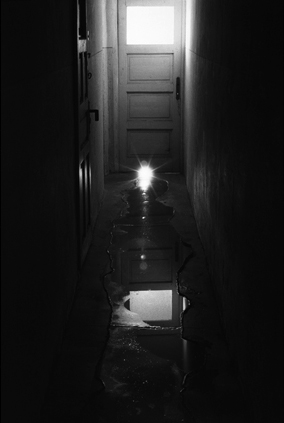
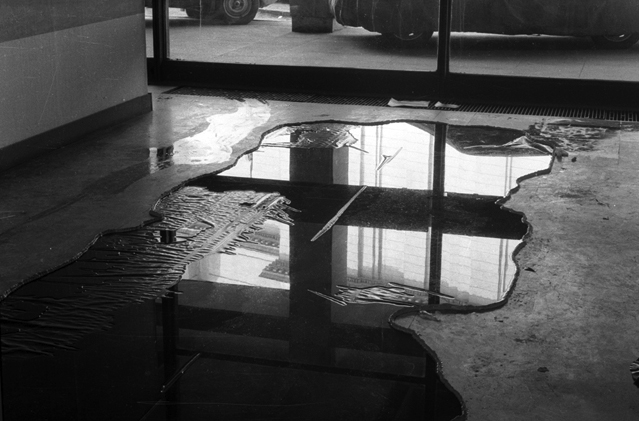
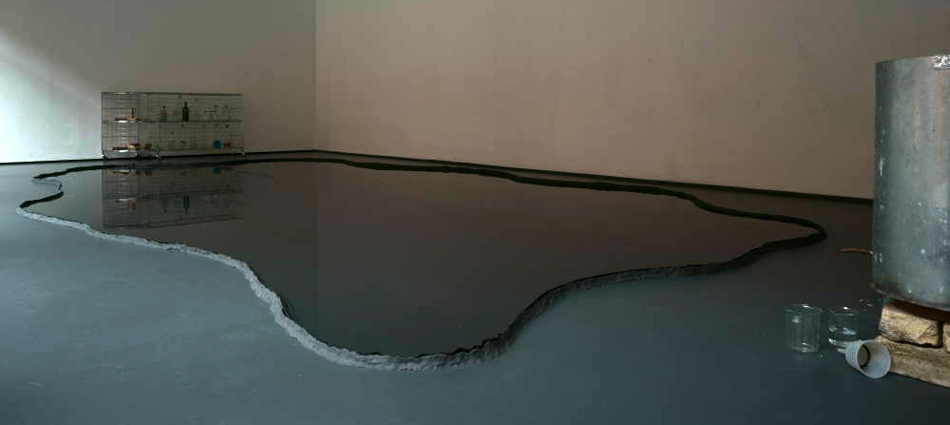

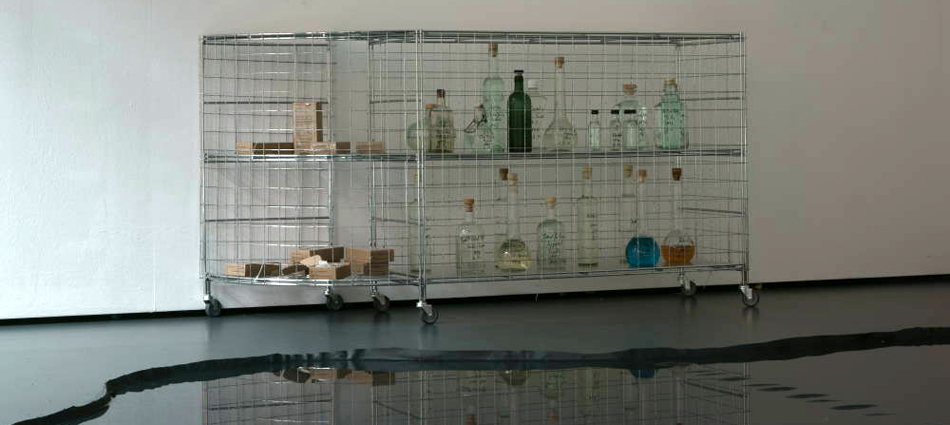
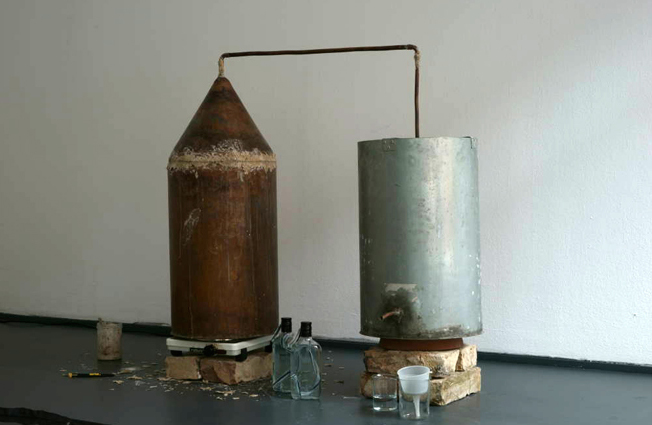
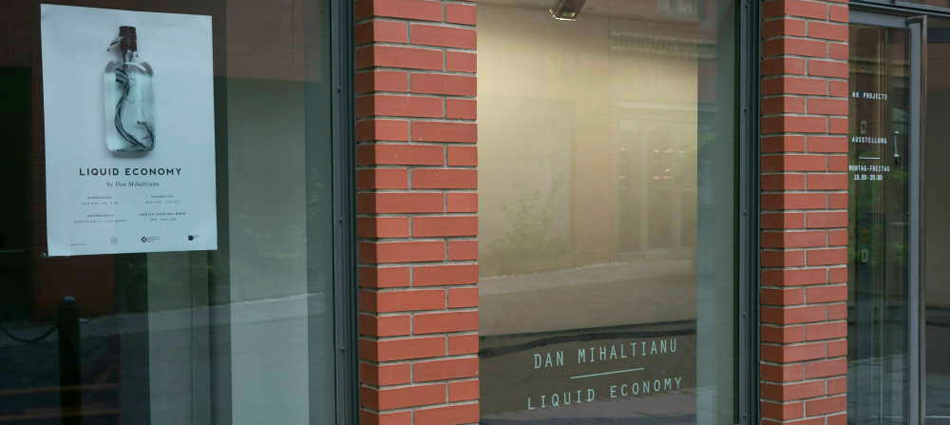
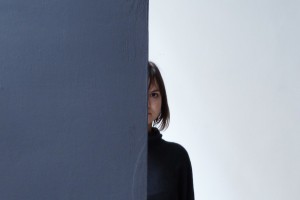
Comments are closed here.